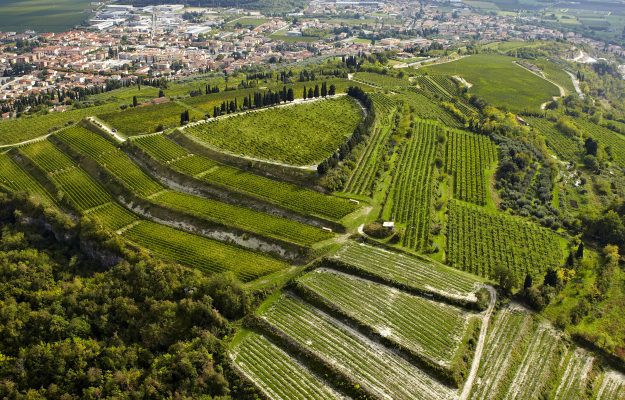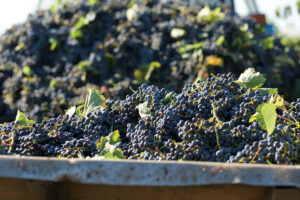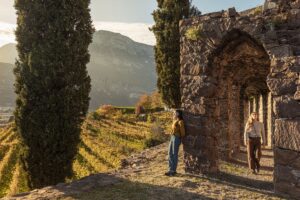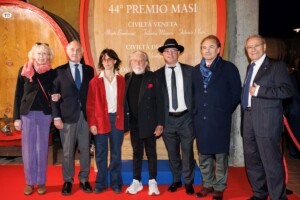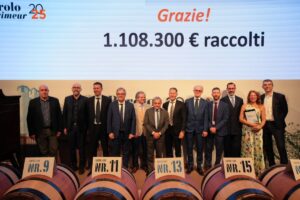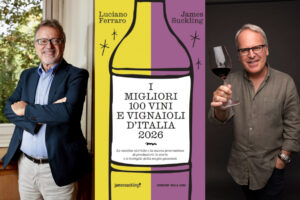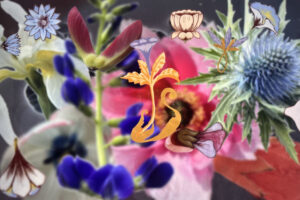One of the distinguishing features of the innumerable landscapes in Italy are the many types of dry stone walls that you can see, for instance, in the “marogne” in Veneto, especially between Valpolicella and Soave, keeping up the hillside vineyards, and in the terracing in Liguria, in Alto Adige or Pantelleria sustaining vineyards and crops, and then those in Apulia that surround ancient olive trees. However, you can see them as well in France, in Greece, in Spain, in Switzerland, in Slovenia, in Cyprus and in Croatia; in other words, in the countries that, together, have successfully carried out the application for the Unesco “Rural art of dry stonewalls”, which has just become an “Intangible Heritage of Humanity”, by a unanimous decision of the Unesco Committee meeting which was held in Port Louis. The Ministry of Agriculture made the announcement, underlining that this is “the second time, following the traditional practice of the cultivation of the sapling vine in Pantelleria, that this recognition has been attributed to an agricultural and rural practice”.
“The values of agriculture have once again been recognized as an fundamental part of the cultural heritage of the populations”, commented the Minister of Agriculture and Tourism, Gian Marco Centinaio. “Our country was founded on identity. Our agro-food products, our landscapes, our traditions and our know-how are characteristic elements of our history and our culture. It is, therefore, no coincidence that, out of the 9 Italian elements recognized by Unesco as Intangible Heritage of Humanity, 4 of them belong to the rural and agro-food heritage. This result confirms the importance of this sector in our country and how vital it is that both the government and its citizens never forget our roots. This is why it is necessary to continue investing, at an international level as well, in the promotion and enhancement of our agricultural and food production and our territories”.
In 2010, the Ministry recalls, the Mediterranean Diet was registered as the first cultural element in the food world on the Unesco list. In 2014, the recognition of the cultivation of the sapling vine in Pantelleria was the first cultural element in the world of an agricultural nature recognized by Unesco; in 2017 it was the turn of “L’Arte del Pizzaiuolo Napoletano”, the Art of the Neapolitan Pizza Maker. The Ministry of Agriculture, together with the Ministry of Foreign Affairs and the Unesco National Commission carried forward the candidacy for the rural practice of dry stonewalls.
Copyright © 2000/2025
Contatti: info@winenews.it
Seguici anche su Twitter: @WineNewsIt
Seguici anche su Facebook: @winenewsit
Questo articolo è tratto dall'archivio di WineNews - Tutti i diritti riservati - Copyright © 2000/2025










